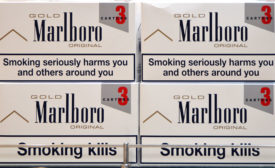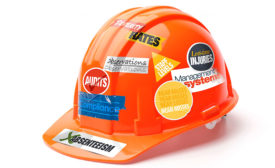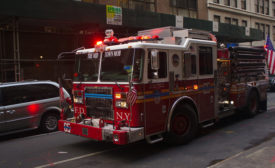News
From the NIOSH Director's desk
Twenty years and counting: World-class research from the “L” building
October 7, 2016
Health groups sue FDA over lack of cigarette warning rule
Agency dragging its feet on requiring graphic warnings on cigarette packs
October 7, 2016
A FairWarning story:
Death toll climbs for walkers and cyclists as traffic safety measures take a back seat
October 6, 2016
Never miss the latest news and trends driving the safety industry
eNewsletter | Website | eMagazine
JOIN TODAYCopyright ©2024. All Rights Reserved BNP Media.
Design, CMS, Hosting & Web Development :: ePublishing










